With Matt Gaetz out of the picture, President Trump has already named former Florida AG Pam Bondi as his latest pick as his US Attorney General.
As US Attorney General, Bondi will be placed at the head of the Department of Justice, the most crucial role in Trump's plans to root out the deep state. As Glenn discussed on his radio show, the Biden White House has weaponized the Department of Justice, against President Trump in an attempt to thwart his 2024 re-election. The Department of Justice is crooked to the core, and it will take a herculean effort to bring enduring reform to this pivotal government agency.
Does Pam Bondi have what it takes to lead the Department of Justice? What does her resume look like? Does she have any skeletons in the closet that the Democrats could use against her? Here's everything you need to know about Pam Bondi below:
Bondi's Resume
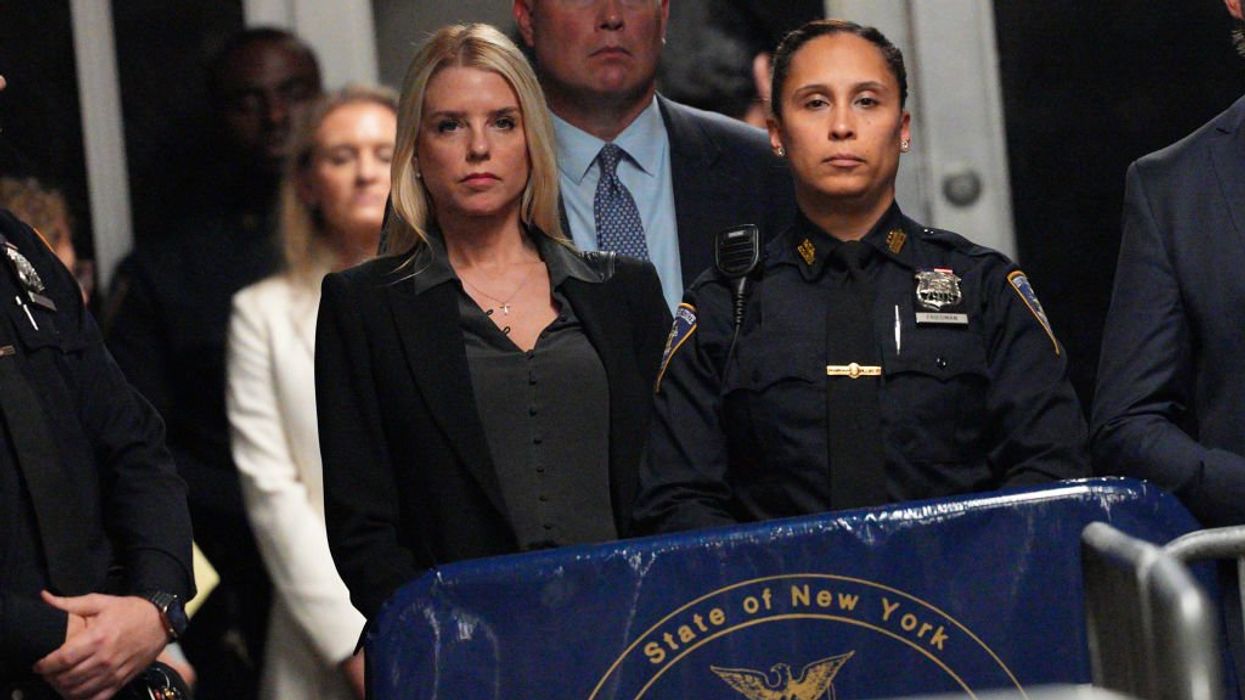
Pool / Pool | Getty Images
Bondi started her career as a prosecutor working for the Hillsborough County Attorney's Office where she handled countless cases that ranged from domestic violence to murder. In 2010 Bondi made history by becoming Florida's first female attorney general. She spent her time in office fighting back against Florida's opioid crisis and openly challenged Obamacare.
Bondi worked with the first Trump administration, using her experience fighting the opioid crisis in Trump's Opioid and Drug Abuse Commission. After Trump was impeached for the first time, Bondi joined the team of defense lawyers fighting back against the prosecution's allegations.
Bondi has spent the last four years working for a Florida-based lobbying firm, but she still showed support for President Trump by making appearances alongside him during the New York City hush money trial.
Bondi's Dedication to fix the DoJ
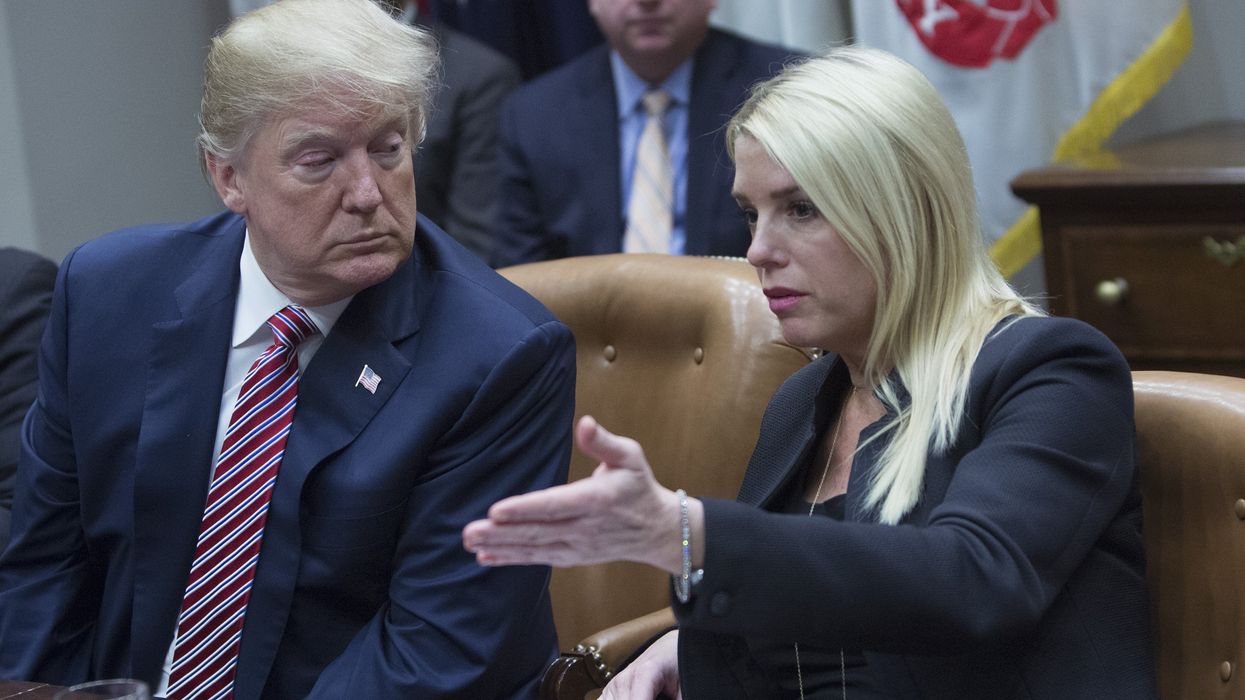
Pool / Pool | Getty Images
Judging by her track record and the testimony of her colleagues, Bondi is more than capable of tackling the Department of Justice. Bondi has a record of following and enforcing the rule of law and has spent much of her career making communities safer. Bondi has firsthand experience with political elitists and corruption, having worked at nearly every level of the government from the bottom to the top.
Bondi stood by Trump as he faced impeachment and stayed by his side as he faced waves of lawfare after 2020. It's clear that Bondi has great respect for President Trump and is deeply familiar with the weaponization of the Department of Justice. It seems like she has what it takes to fix the system.
Bondi's Potential Controversies
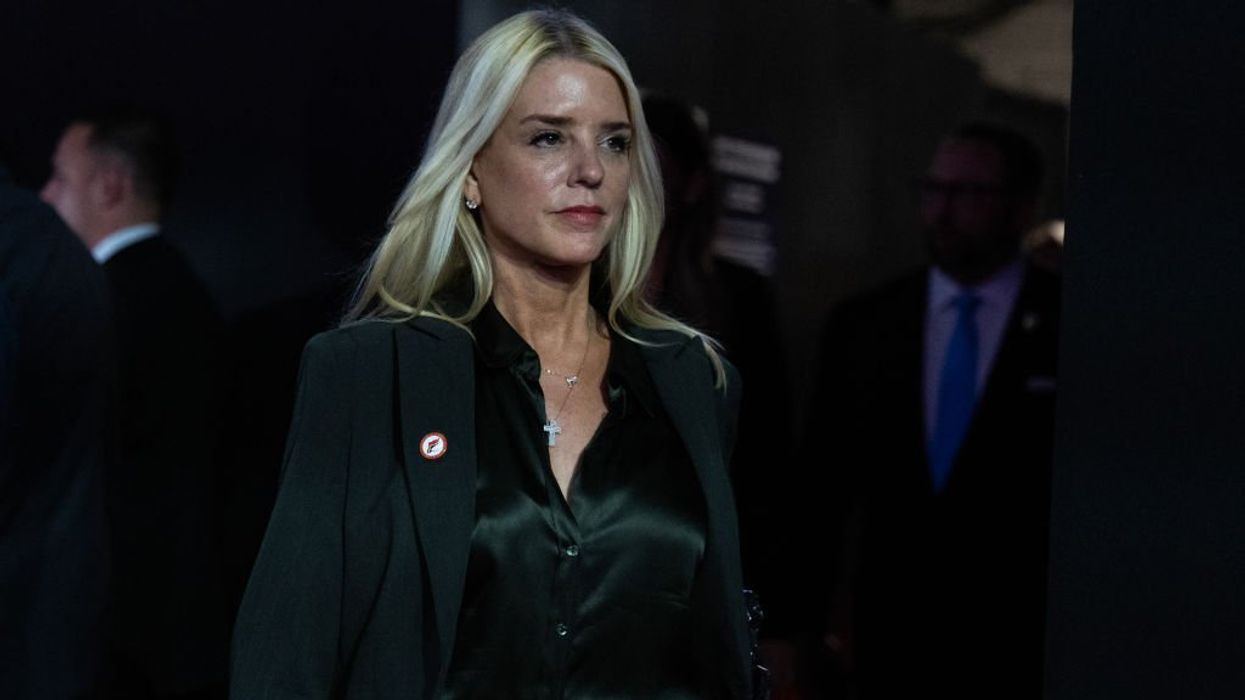
Tom Williams / Contributor | Getty Images
The Mainstream Media wasted no time digging up dirt on Bondi, looking for anything that might stand between her and a Senate confirmation.
The biggest story circulating the media involves a 2013 case about "Trump University," a now-defunct company that offered courses in real estate, entrepreneurship, and other similar courses. In 2013, the New York Attorney General's office went after Trump University due to reports that the program was a "scam." Bondi began a similar investigation, which allegedly came to a halt after she received a $25,000 check from the Trump Foundation for her re-election campaign. Bondi has never been formally accused of illegal activity, but now that she is under the national spotlight, she could face serious scrutiny.
Bondi's tenure as a lobbyist has also been called into question. She was registered as a lobbyist for several foreign and corporate entities, which could be seen as a potential weakness or conflict of interest—or at the very least bring her dedication to fighting corruption into question.

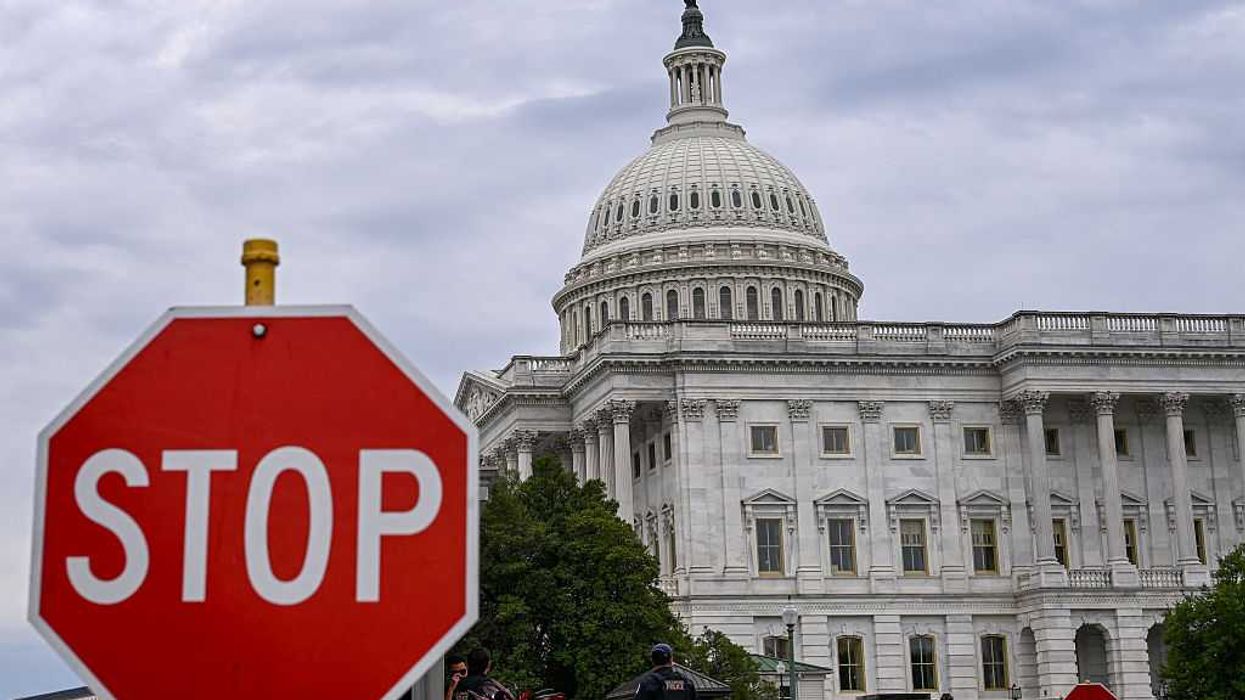 ALEX WROBLEWSKI / Contributor | Getty Images
ALEX WROBLEWSKI / Contributor | Getty Images
 JIM WATSON / Contributor | Getty Images
JIM WATSON / Contributor | Getty Images Joe Raedle / Staff | Getty Images
Joe Raedle / Staff | Getty Images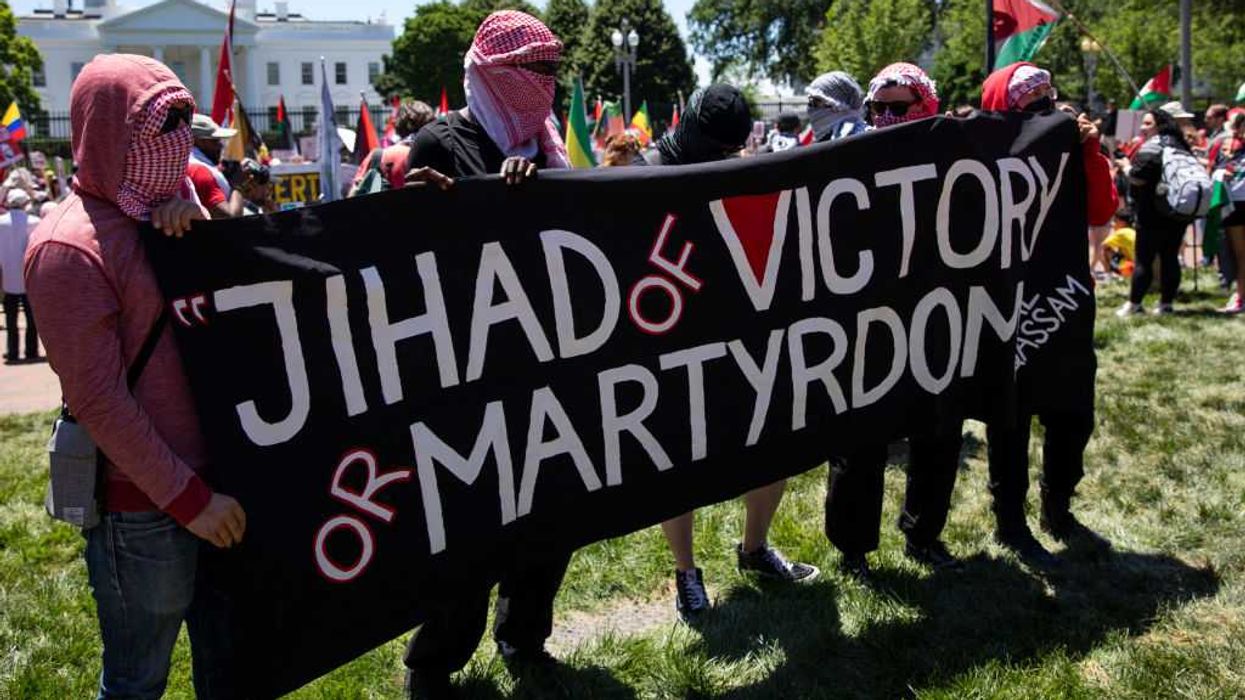 AASHISH KIPHAYET / Contributor | Getty Images
AASHISH KIPHAYET / Contributor | Getty Images